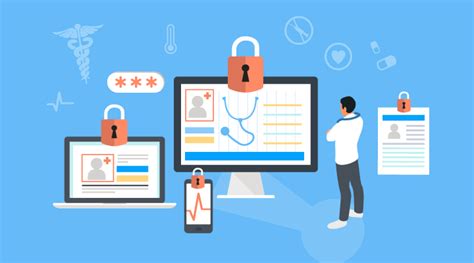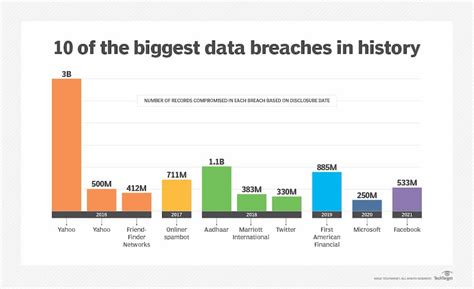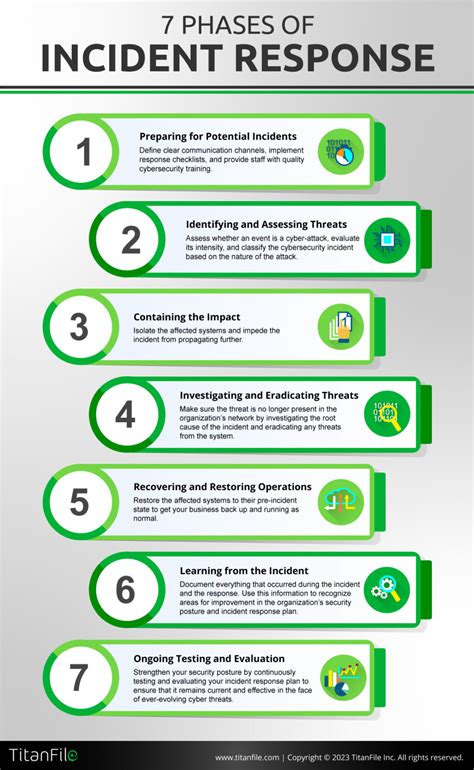Intro
Protect sensitive patient information with robust healthcare privacy measures. This article, Safeguarding Patient Data In Healthcare Privacy Part 5, explores the latest strategies for securing electronic health records (EHRs), mitigating data breaches, and ensuring HIPAA compliance. Learn how to fortify your healthcare organizations data protection and maintain patient trust.
In today's digital age, the healthcare industry is increasingly reliant on technology to manage patient data, from electronic health records (EHRs) to telemedicine platforms. While these advancements have improved the quality and accessibility of care, they also introduce significant risks to patient data privacy. As a result, safeguarding patient data has become a critical concern for healthcare organizations, policymakers, and patients themselves.
The importance of protecting patient data cannot be overstated. Medical records contain sensitive information, including diagnoses, treatment plans, and personal identifiable information (PII). Unauthorized access or disclosure of this data can lead to identity theft, financial fraud, and reputational damage. Moreover, breaches of patient data can erode trust in the healthcare system, compromising the patient-provider relationship and ultimately affecting health outcomes.

Understanding the Threat Landscape
The healthcare industry is a prime target for cyberattacks, with hackers seeking to exploit vulnerabilities in systems and networks to gain access to valuable patient data. According to a recent report, the healthcare sector experienced a staggering 714 data breaches in 2020 alone, resulting in the exposure of over 24 million patient records.
Threat actors employ various tactics to compromise patient data, including:
- Phishing attacks: Hackers use social engineering techniques to trick employees into divulging login credentials or clicking on malicious links.
- Ransomware attacks: Cybercriminals encrypt patient data and demand payment in exchange for the decryption key.
- Insider threats: Authorized personnel intentionally or unintentionally compromise patient data, often due to lack of training or malicious intent.
Key Vulnerabilities in Healthcare Data Privacy
Several factors contribute to the vulnerabilities in healthcare data privacy:
- Outdated systems and software: Legacy systems often lack robust security features, making them susceptible to exploitation.
- Human error: Employees may inadvertently disclose patient data through email or social media, or fail to follow security protocols.
- Insufficient training: Healthcare workers may not receive adequate training on data privacy and security best practices.
- Third-party risks: Vendors and business associates may have access to patient data, increasing the risk of breaches.

Strategies for Safeguarding Patient Data
To mitigate the risks associated with patient data privacy, healthcare organizations can implement the following strategies:
-
Data Encryption
Data encryption transforms patient data into unreadable code, making it inaccessible to unauthorized parties. Healthcare organizations should encrypt data both in transit and at rest.
-
Access Controls
Implementing role-based access controls ensures that only authorized personnel can access patient data. This includes using secure login credentials, multi-factor authentication, and regular access audits.
-
Employee Training
Providing regular training and education on data privacy and security best practices can significantly reduce the risk of human error. Employees should understand the importance of data confidentiality and the consequences of data breaches.
-
Incident Response Planning
Developing an incident response plan enables healthcare organizations to quickly respond to data breaches, minimizing the impact on patient data and reputation.

The Role of Emerging Technologies in Patient Data Privacy
Emerging technologies, such as artificial intelligence (AI), blockchain, and the Internet of Things (IoT), offer innovative solutions to enhance patient data privacy:
-
Artificial Intelligence (AI)
AI-powered tools can detect anomalies in data access patterns, identifying potential security threats and alerting healthcare organizations to take action.
-
Blockchain
Blockchain technology provides a secure, decentralized platform for storing and sharing patient data, ensuring data integrity and transparency.
-
Internet of Things (IoT)
IoT devices can enhance patient data collection and monitoring, but also introduce new security risks. Healthcare organizations must ensure that IoT devices are properly secured and integrated into existing systems.

Conclusion
Safeguarding patient data is a complex challenge that requires a multi-faceted approach. By understanding the threat landscape, addressing key vulnerabilities, and implementing effective strategies, healthcare organizations can protect patient data and maintain trust in the healthcare system. As emerging technologies continue to evolve, they offer promising solutions to enhance patient data privacy and security.
We invite you to share your thoughts on patient data privacy and security in the comments below. What strategies do you think are most effective in safeguarding patient data? How can we balance the benefits of emerging technologies with the need for robust security measures?
What is the most significant threat to patient data privacy?
+The most significant threat to patient data privacy is human error, including insider threats and phishing attacks.
What is the role of emerging technologies in patient data privacy?
+Emerging technologies, such as AI, blockchain, and IoT, offer innovative solutions to enhance patient data privacy, including anomaly detection, secure data storage, and improved data collection and monitoring.
How can healthcare organizations balance the benefits of emerging technologies with the need for robust security measures?
+Healthcare organizations can balance the benefits of emerging technologies with the need for robust security measures by implementing a risk-based approach, conducting thorough security assessments, and investing in employee training and education.
